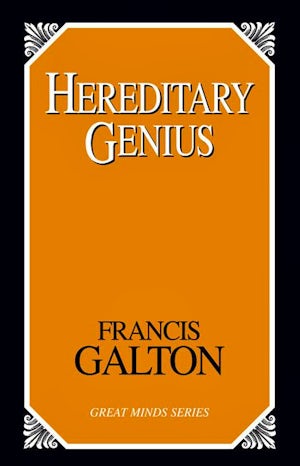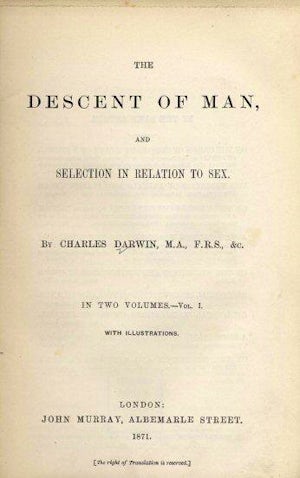1920. Karl Binding and Alfred Hoche publish their book Die Freigabe der Vernichtung Lebensunwerten Lebens; the title translates to "Permission to Destroy Life Devoid of Value" or "Permitting the Destruction of Life Unworthy of Life." The book was composed of two parts. Binding's part addressed the legal relationship between suicide and euthanasia, and then extended it to killing the mentally ill. Hoche's part addressed the relationship between doctors and patients. He suggested that killing a patient was justifiable when it led to other lives being saved - particularly when the patient in question was, in his view, of no value to themselves or society.
The expression "lebensunwerten lebens" ("life unworthy of life"), which appeared first in this book, was integrated into the Nazi ideology. As a category, it encompassed persons identified as "deviants" (the mentally ill, person with disabilities, political dissidents, homosexuals, persons in interracial couples and criminals) or as sources of "social turmoil" (persons with particular Communist associations, persons with particular religious affiliations such as Jews, some members of the clergy and Jehovah's Witnesses and persons of particular ethnics groups). The Nazi extermination camps were a direct extension of the ideology embodied in this expression, as well as Action T4.
The original text may also be read in full here (German only) or here (English via Google Translate).
-Amy Samson
Proctor, R. (1988). Racial Hygiene: Medicine Under the Nazis. Cambridge: Harvard University Press.
 1869:
Galton publishes Hereditary Genius
1869:
Galton publishes Hereditary Genius
 1871:
Charles Darwin publishes The Descent of Man
1871:
Charles Darwin publishes The Descent of Man